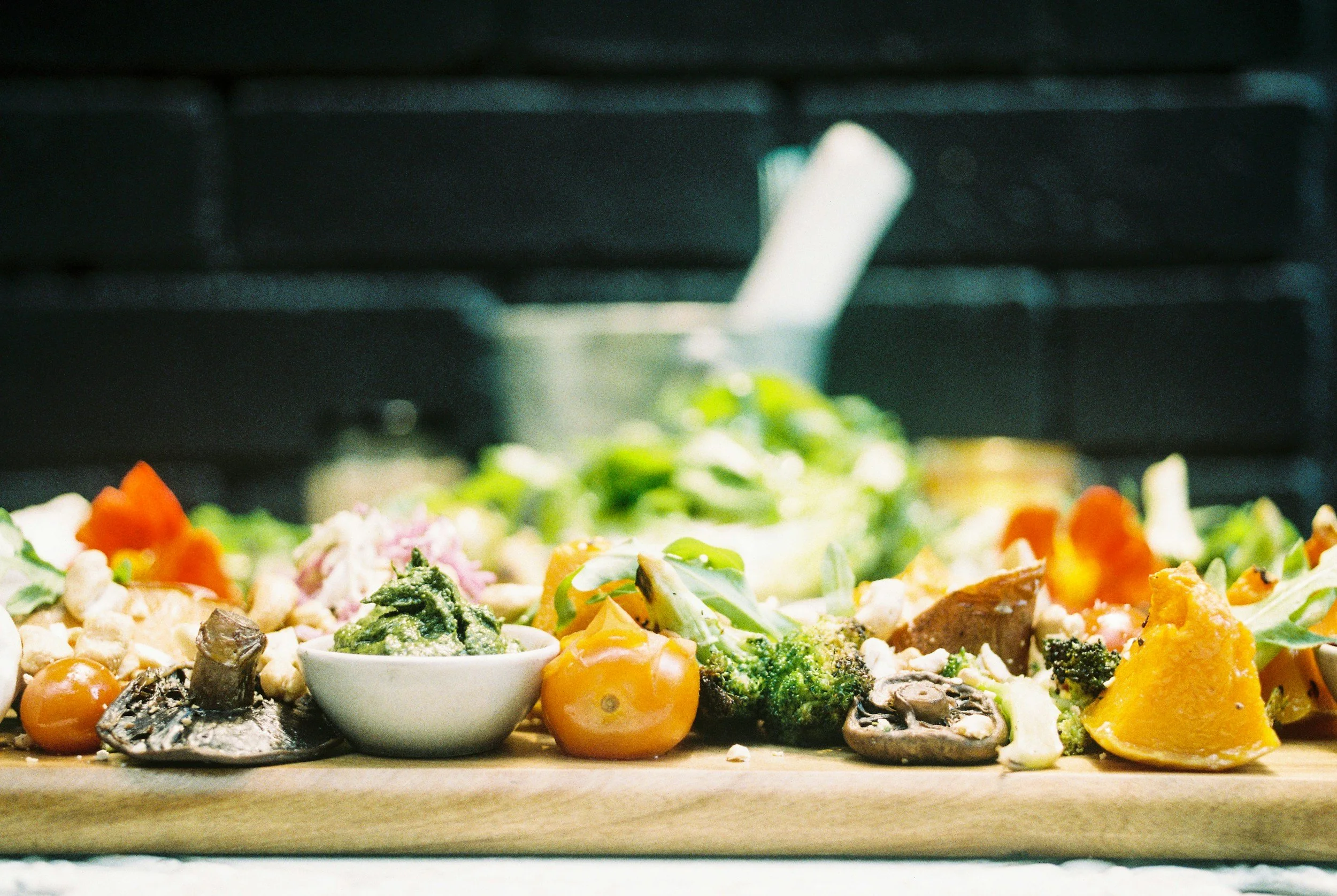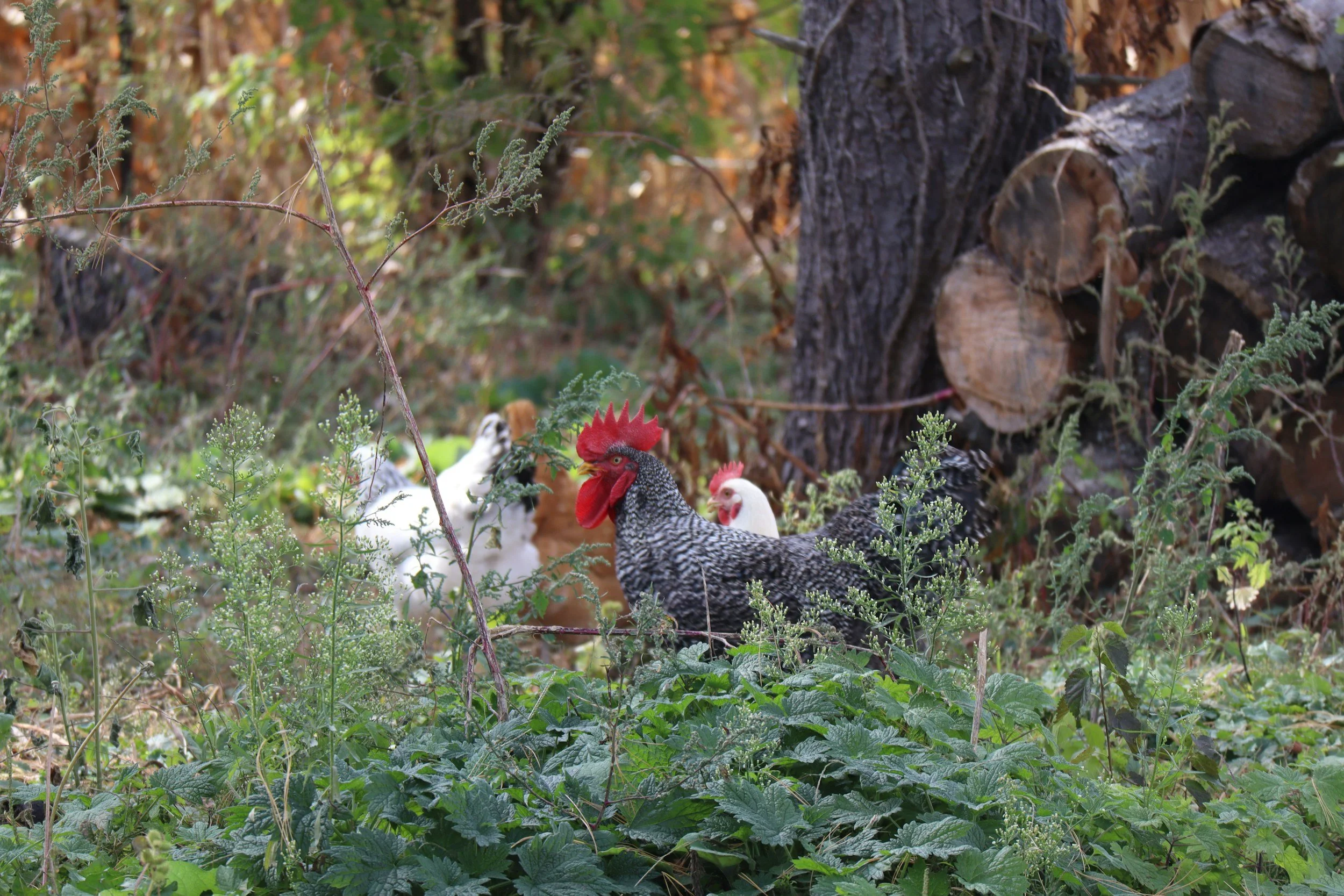Tips for reducing food waste
Do you ever find that your cupboards are full of food, but you can’t find a whole meal to cook.
Half-finished packets of rice paper, but no noodles or sauce ingredients? Pre-made sauce packets are out of date by years. Limp pieces of broccoli, radishes and some mouldy peaches in the fridge.
The not-for-profit group DoSomething are running a FoodWise campaign and they claim that Australians throw out 20% of the food that they buy. That’s one in every five shopping bags thrown straight into the bin. Pretty wasteful for the home budget and also really wasteful for the country.
Time to love food more and live without waste! Time to get sustainably creative with your food. Here’s how to do it.
Plan meals and go shopping with a list
Start by planning your meal quantities. Is that one or two heads of broccoli? After you’ve got the hang of it, you’ll find it faster to translate meal plans into an ingredient list.
Eat from the back of the cupboard
Try to use up at least one ingredient from the back of the cupboard each week. Incorporate this into your meal planning and you’ll be surprised at the diversity that this adds to your diet. Target those half-finished rice paper rolls by buying extra to have enough for a full meal.
Use everything in the fridge before going shopping
If you’ve got a regular shopping day, then the day before is time to clean out the fridge. Perhaps this means a pot luck veggie soup is on the menu the night before, or a pot luck roast vegetable salad. Excess fruit can be poached and eaten on breakfast or frozen for later. Get ahead of that mushy, slimy back of the fridge thing.
Cherish leftovers like gold
The biggest crime with leftovers is to push them to the back, so that they can’t be seen and used. Extra soup? Frozen for a quick dinner. Left over roast vegetables and meats are chopped and laid out on top of baby spinach as a lunch time salad.
BOKASHI BINS
A lidded kitchen bucket that ferments food scraps anaerobically with the aid of microorganisms provided through the addition of bokashi bran or spray.
Useful for people living in small spaces, like apartments.
Almost any food waste can be added, including meat, dairy and cooked foods (avoid mouldy food or excessive liquid).
The system self drains the liquid that accumulates. This liquid can be diluted to use as a nutrient rich fertiliser (perfect for balcony plants or a courtyard garden).
The food waste that is left after a few weeks of fermenting can be buried in the ground or added to a compost bin or heap to rapidly decompose. If you don’t have a yard or compost, you can consider giving your waste to a community garden or connect with an individual who is happy to take your compost for you, (see links below).
CHICKENS
Chickens are suitable for people living in houses with a yard.
Chickens can eat most of your kitchen food scraps in any size or shape.
Chicken manure is excellent garden food. It can be added to compost or applied directly to the garden. Home grown chicken eggs also taste delicious!
Chickens will need a predator proof shelter (something you can shut at night) with a roost and space to lay eggs, yard space to dig and scratch around and water and grain to supplement their food scraps diet.
WORM FARMS
Suitable for anyone with an outside space, including a small balcony. Make sure the space provides a consistent temperature, (a sheltered position, such as on a verandah out of direct sunlight is ideal).
Worms eat most fruit and vegetable scraps as well as crushed eggshells, tea leaves and coffee grounds, newspaper and old natural fibre rags. Leave out meat, dairy, citrus peel, onions and garlic.
Avoid overfeeding your worms. Add small amounts of food regularly (i.e. once or twice a week) and spread the food in a thin layer at the top.
Worm farms produce two potent fertilisers – worm wee and castings. The worm wee can be diluted (to the colour of weak tea) and applied as liquid fertiliser, while the castings can be sprinkled around the garden and watered in.
You can buy a worm farm or, for some DIY options, look at this fact sheet from Gardening Australia.
COMPOST BINS
Compost bins, bays, heaps and tumblers all need a balance of green (high nitrogen) and brown (high carbon) material, adequate moisture and air for materials to break down efficiently.
Compost tumblers suit smaller spaces, including courtyards. Bare soil is not required. Simply turn the tumbler to add air into your compost mix.
Compost bins need to be connected to the soil so earthworms and soil microbes can easily colonise the compost to help break down waste. If you need to add air, use a stick to make a hole in the centre or use a spiral aerator, which will also help turn the compost.
Compost bays can be used in a similar manner to compost bins, with material added gradually over time, or can be used to contain a compost heap, where all of the green and brown material is layered together in one go. A minimum of two compost bays is ideal and bays should be at least one cubic metre in size. The advantage of bays is that the compost can easily be turned from one bay into the next.
Compost heaps require a large amount of green and brown material to be available at one time. To build the heap, these materials are added in alternate layers of about 10 to 20cm. Ensure that enough water is added to moisten, but not saturate, the heap. When you have finished building the heap, you may wish to cover it with a natural fibre material (such as hessian) to retain warmth and moisture in the heap. Turning the compost will increase the speed of decomposition.
Extra resources
Content by Zero Waste Revolution, a not-for-profit community organisation that worked to transform Canberra into a zero waste community, by sharing knowledge and inspiring change between 2018 to 2023. View more of their work on YouTube.




